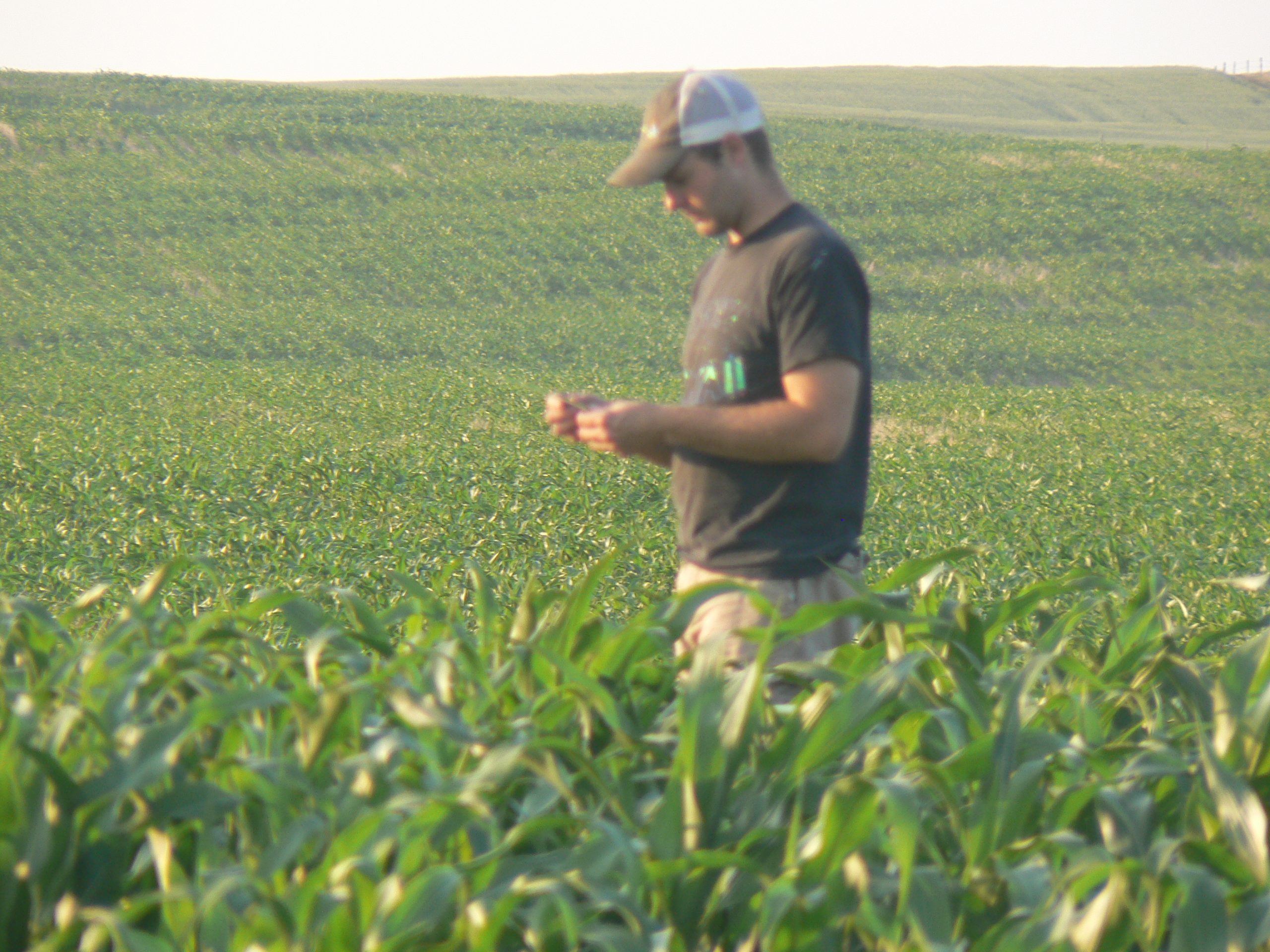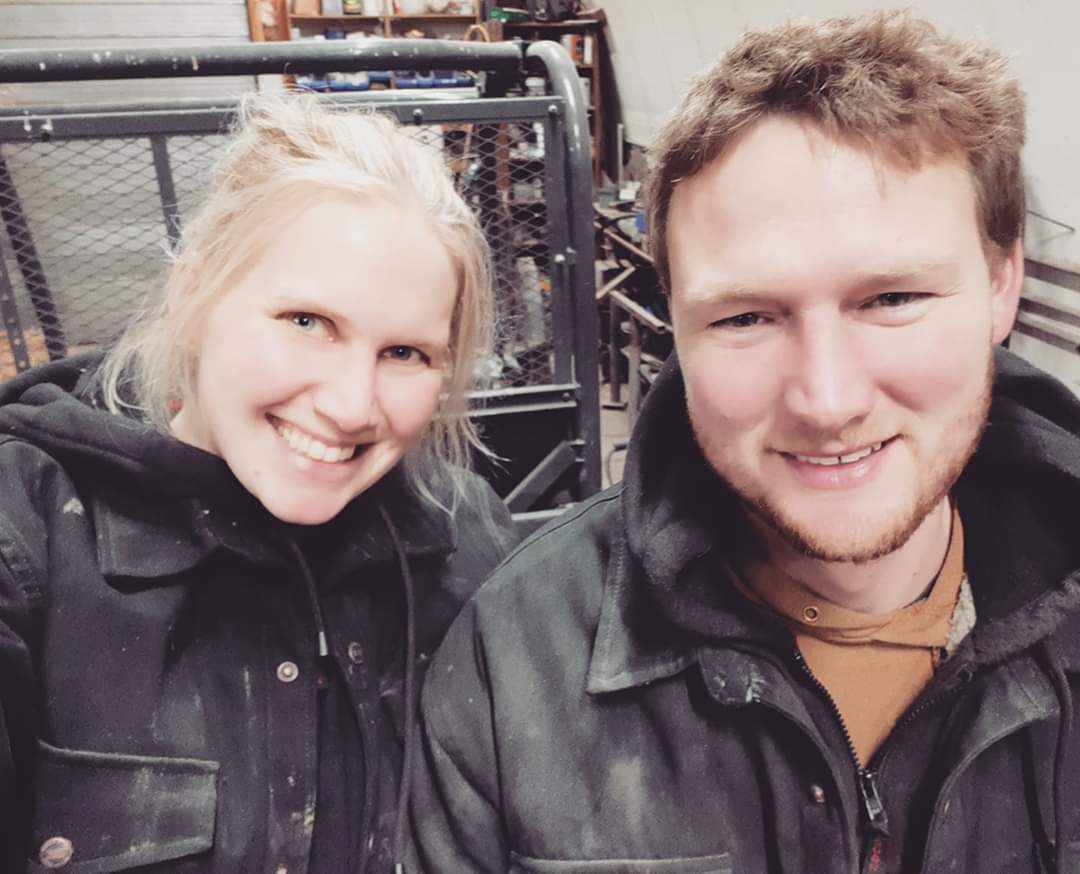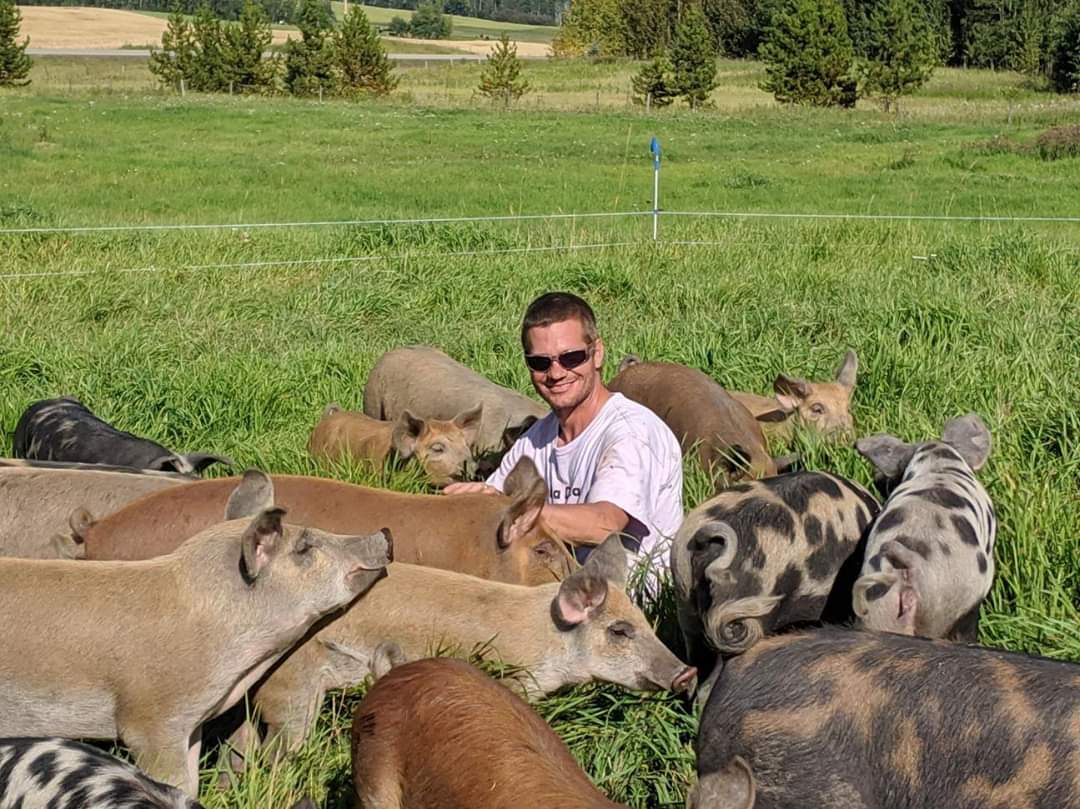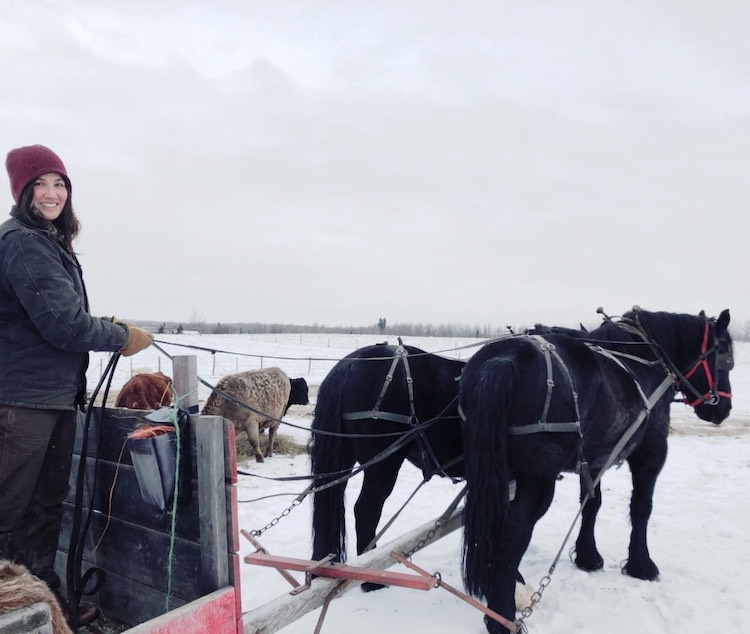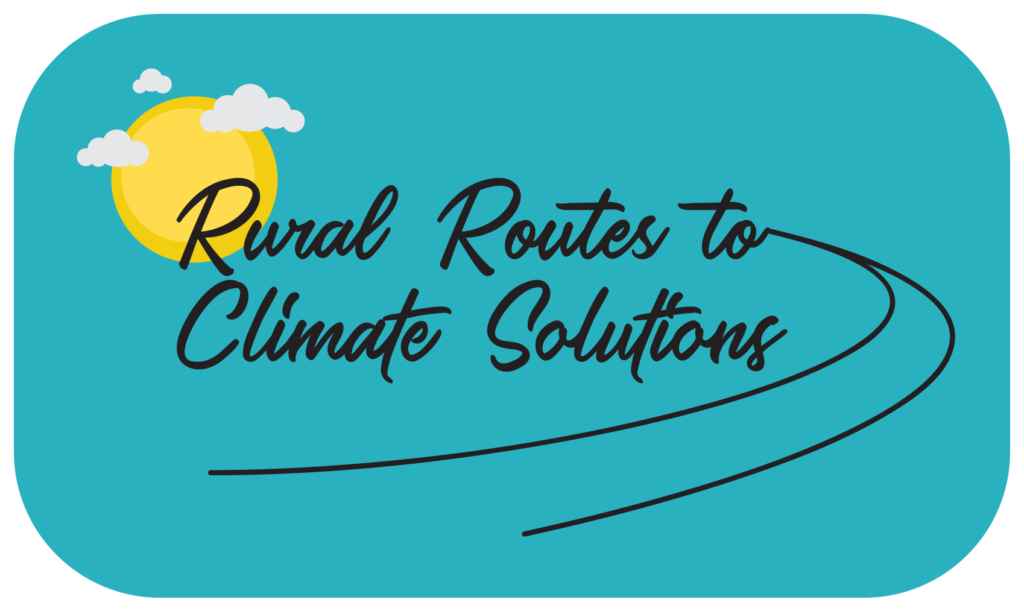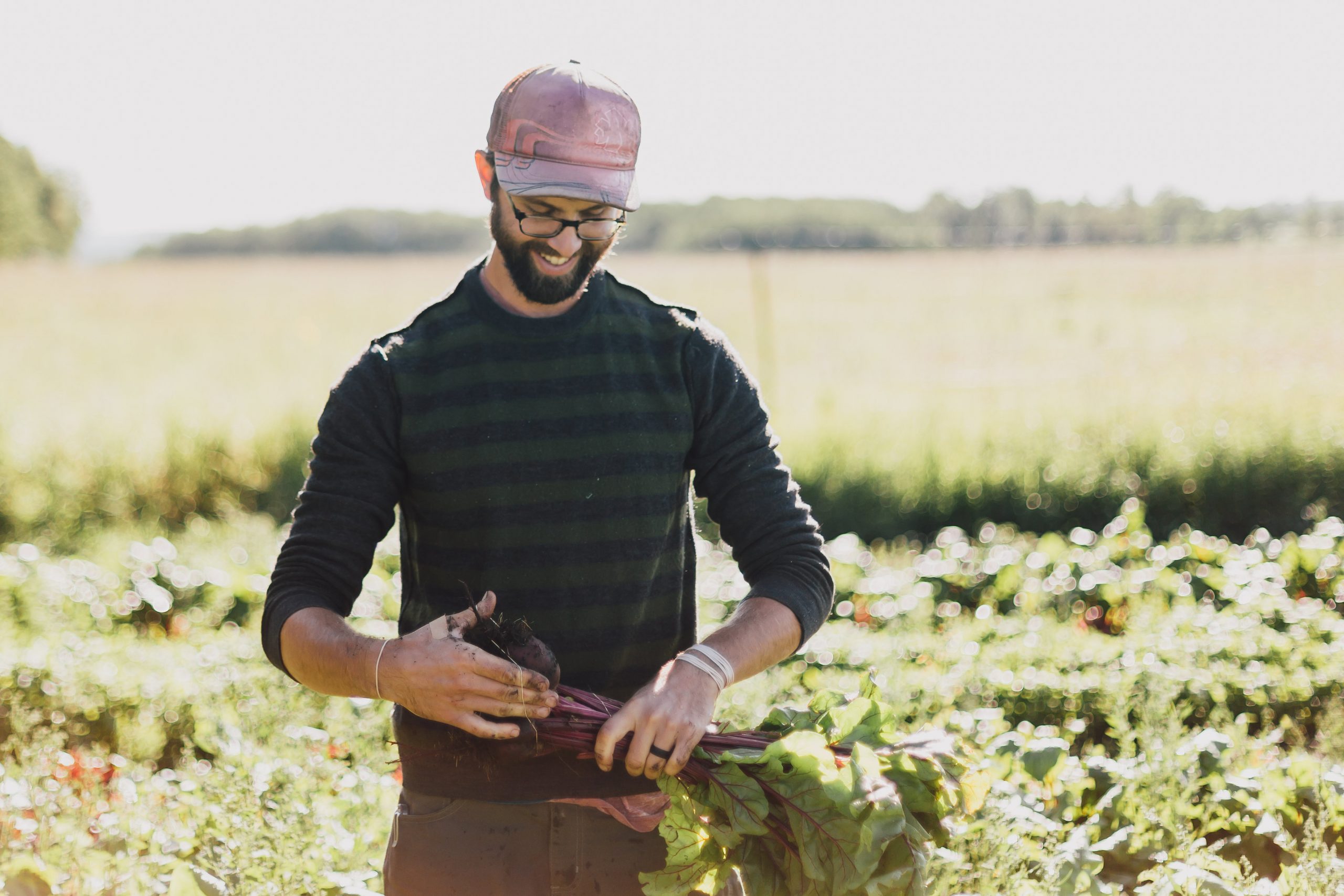
Experimenting with No-Till Regenerative Agriculture – Steel Pony Farms – Red Deer, AB
With no knowledge about food production prior to these experiences, my learning curve was exponential. I became familiar with field crops, beef, dairy, goat, sheep, pig, broiler, egg, honey, vegetable, and fruit production. By engaging in a diversity of production methods, I observed the impact these methods had on the plants and animals being produced. In general, I saw that when farmers prioritized soil biology, as opposed to short term yield increases through the use of synthetic chemicals, they created healthier farming systems, healthier plants, healthier animals, and more successful farms – in terms of a triple bottom line.

